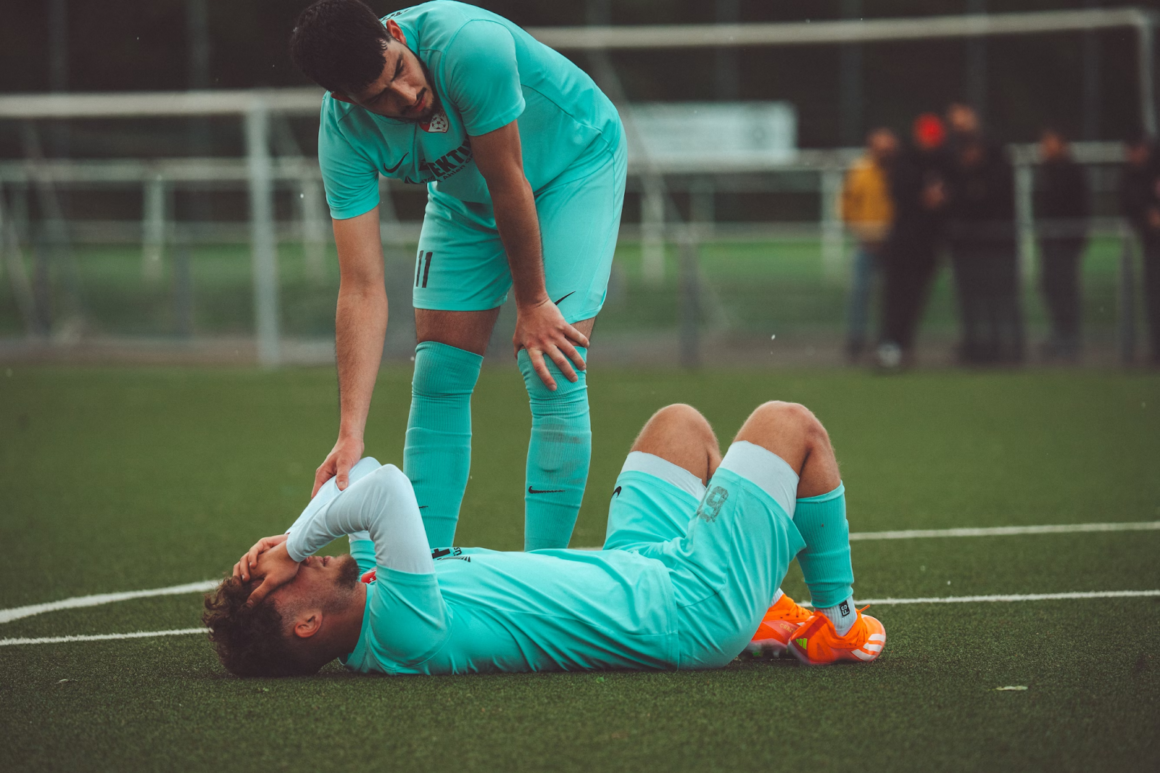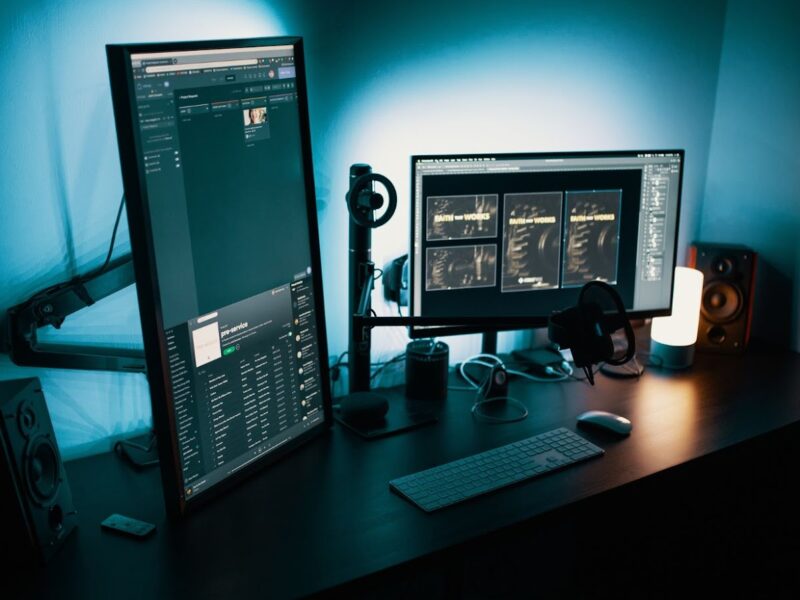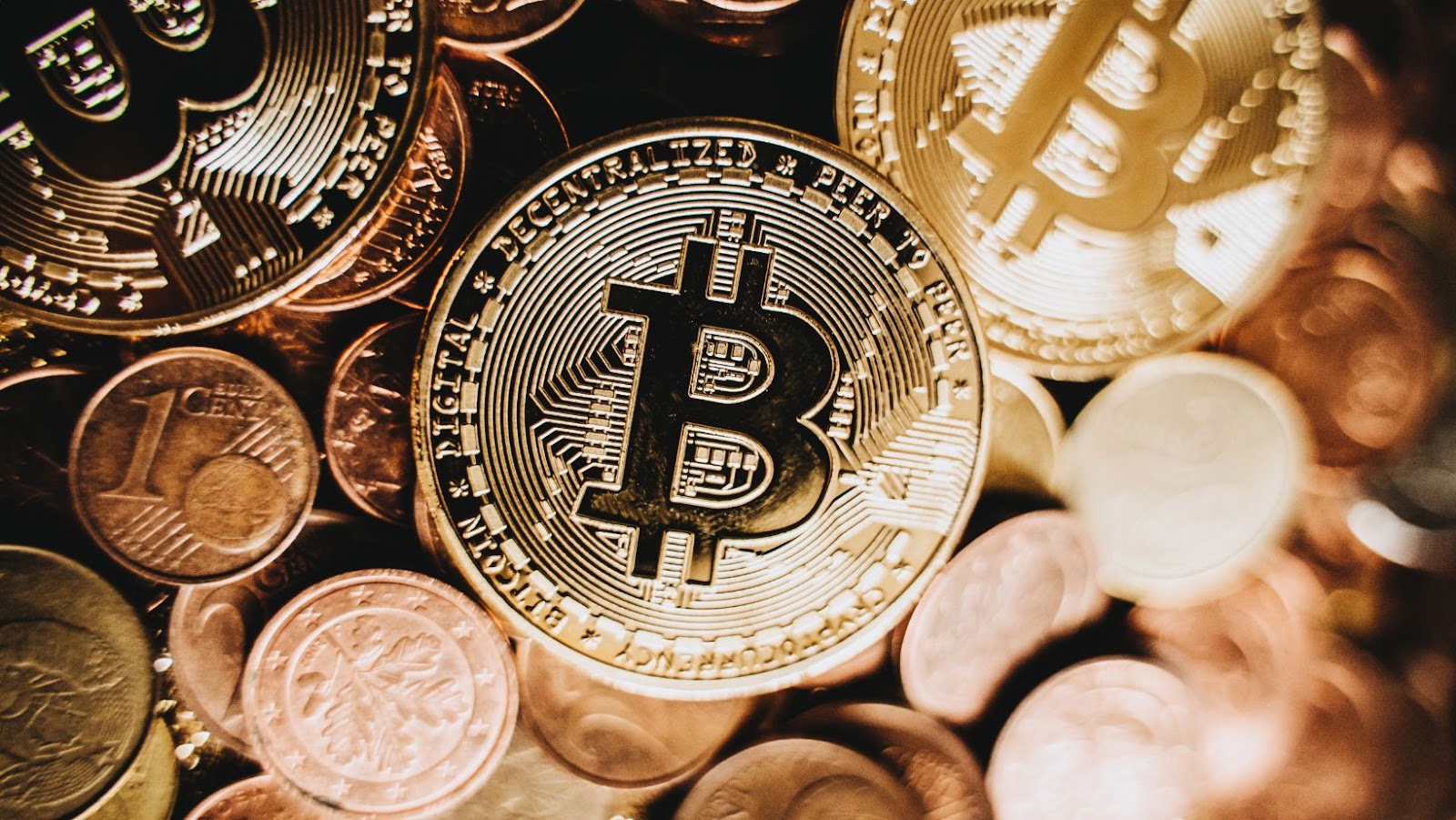Table of Contents
It might sound like fantasy, but imagine a batsman wielding a hidden advantage: an artificial intelligence (AI) system that predicts whether the player might soon limp off the field. By 2030, AI could become a game-changer in sports, predicting injuries and helping teams keep players fit. It’s already studying how athletes move and endure stress, while online sports betting Massachusetts and other bookies use many AI tools to manage odds, spotting risks early. But this tech raises big questions: Should teams ditch players flagged as risky? Why do some coaches shrug it off? And can it outsmart a doctor? Let’s dive in.
How AI Spots Trouble
AI works like a super-smart assistant, tracking three main things:
- Movement: Think of it as analyzing a dancer’s steps. AI watches how an athlete runs or leaps, spotting tiny quirks that might lead to trouble.
- Stress: Picture a bridge carrying traffic. Too much weight, and it cracks. AI measures the strain on an athlete’s body from training or games.
- DNA: This is like checking the soil before planting a tree. AI looks at genetic clues to see who’s naturally more rigid or more prone to injury.
Real-world examples show this in action. Catapult Sports equips footballers with wearable devices like high-tech talismans that track every sprint and tackle. AI then digs through this data to flag injury risks.
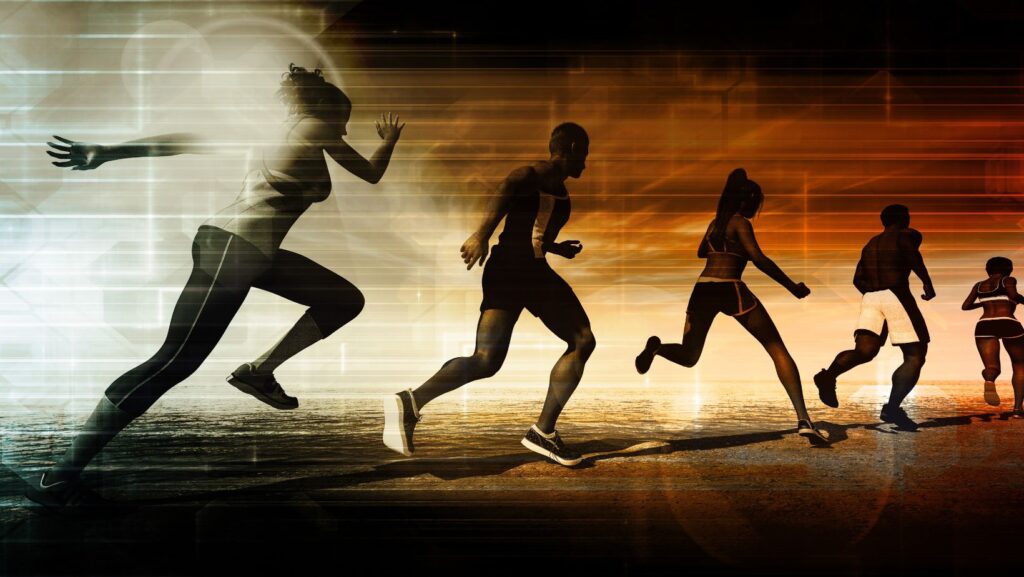 In the NBA, IBM Watson once analyzed player stats to predict injuries, though its health division was sold in 2022 after struggling to turn insights into practical steps. These cases remind us that AI, while powerful, isn’t flawless.
In the NBA, IBM Watson once analyzed player stats to predict injuries, though its health division was sold in 2022 after struggling to turn insights into practical steps. These cases remind us that AI, while powerful, isn’t flawless.
Ethics: What’s the Right Move?
When AI flags a player as high-risk, it’s like a weather app predicting a storm. Do you cancel the match or take a chance? In 2018, FC Barcelona secretly used AI, correctly predicting 9 from 14 injuries that occurred. Which begs the question: should they have benched or traded those players? It’s a tricky spot, balancing cold data against a player’s career and spirit. This debate will only grow as AI gets sharper.
Why Coaches Aren’t Sold
Some coaches, mostly old schoolers, aren’t jumping on the AI train. They’re sticking to a family recipe instead of a fancy gadget.
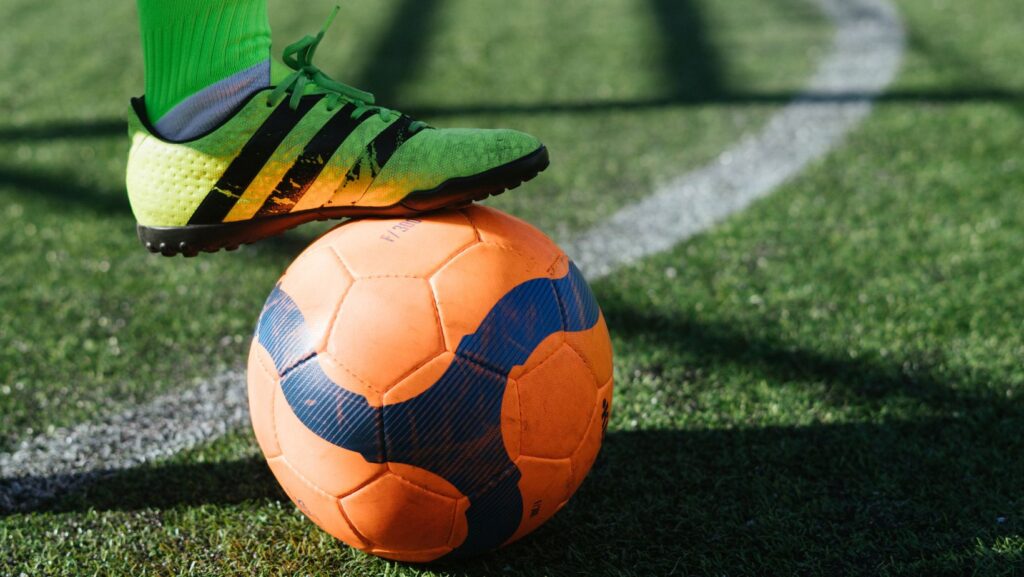 Traditionalists argue that sports are messy, data can’t capture a player’s heart, or a fluke play. Current research backs this hesitation: AI’s predictions aren’t perfect yet, and coaches want proof it beats their instincts. That trust gap could slow AI’s rise.
Traditionalists argue that sports are messy, data can’t capture a player’s heart, or a fluke play. Current research backs this hesitation: AI’s predictions aren’t perfect yet, and coaches want proof it beats their instincts. That trust gap could slow AI’s rise.
Doctors vs. Machines
Can AI take over from sports doctors? Think of it as a trusty tool, like a stethoscope, not the healer itself. AI can scan data fast and spot risks humans might miss. But it can’t feel a player’s pain or judge their grit. By 2030, it might team up with doctors, not replace them. Studies suggest this combo could catch issues earlier, though experts agree the human touch still rules.
What’s Coming by 2030
By the decade’s end, AI could be as common as a playbook, cutting injuries and stretching careers. Smaller teams might use it to level the field against big spenders. But it’s not flawless, as teams must weigh its tips against real-world smarts. Research is ongoing, and what we know today might shift. Fans and readers can dig into this evolving story to see how it plays out.
Picture AI as a spotter in the gym: it warns you before the weight’s too heavy, but you still lift it. If used correctly, it could keep sports safer and fiercer. That’s the future we’re heading toward, and if we balance the tech with the heart of the game.

